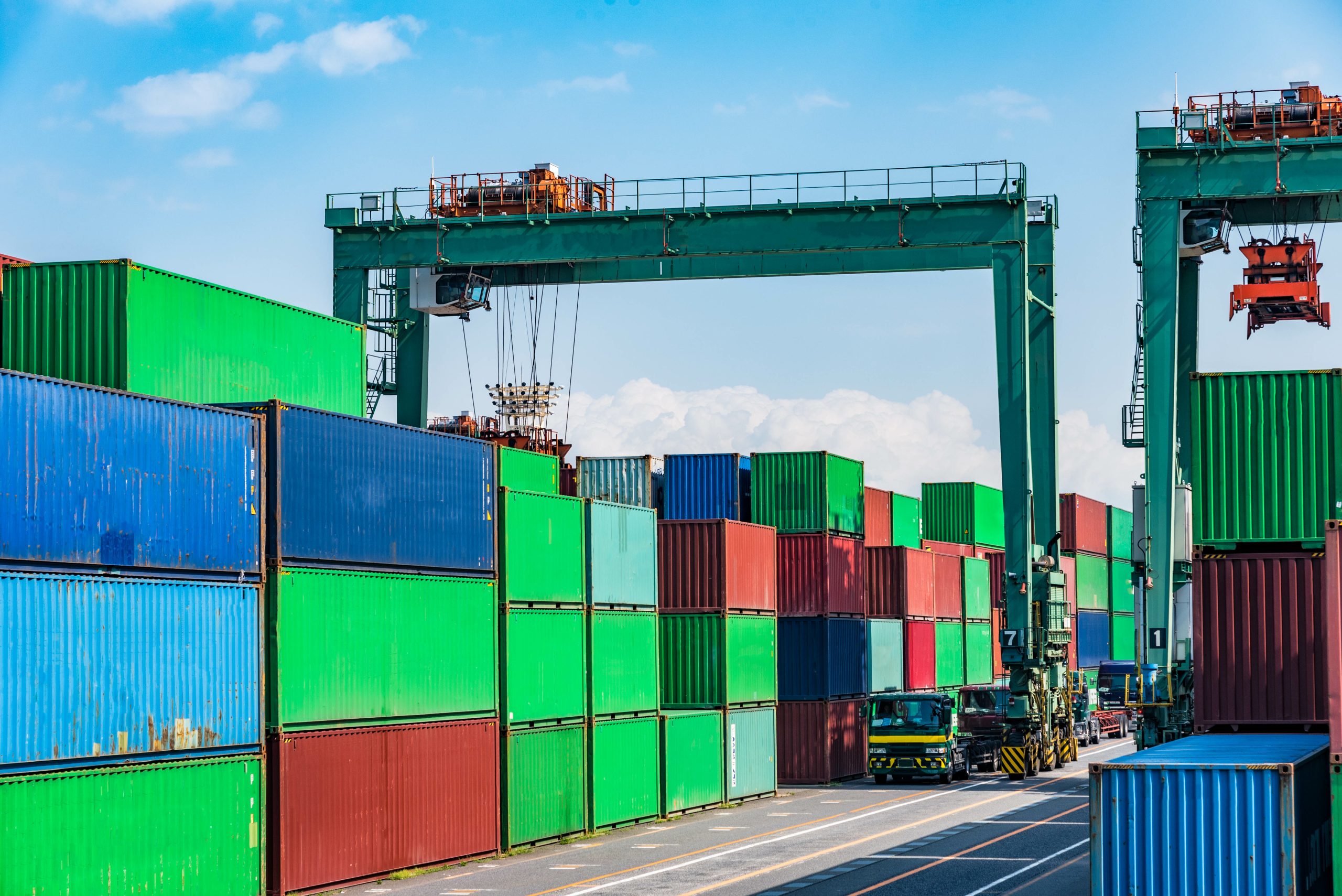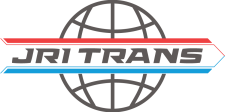
Global Trade Today
Global trade relies on efficient transportation systems for the seamless movement of goods from manufacturers to consumers. Two critical components in this complex network are port drayage and rail drayage. These services are important for moving cargo between seaports and inland destinations smoothly.
Port and rail drayage play a huge part in supply chain management. This article explores the challenges and changes that occur in these components.
Port Drayage: Bridging the First and Last Mile
Port drayage is moving goods within or between ports and nearby facilities. This crucial link in the supply chain serves as both the first and last mile of a cargo container’s journey. Port drayage efficiency affects how quickly goods move through a port, making it crucial for global trade.
Key Aspects of Port Drayage:
Speed and Efficiency:
The time-sensitive nature of global trade requires swift and efficient movement of cargo upon arrival at a port. Port drayage operations ensure the rapid transportation of containers to distribution centers, warehouses, or transportation hubs. Efficient port transport minimizes dwell times, reduces congestion, and contributes to an agile and responsive supply chain.
Regulatory Compliance:
Port drayage operations navigate a complex landscape of local regulations, labor laws, and environmental standards. It is important to follow these rules for smooth operations. Many ports are now adopting eco-friendly methods to reduce the environmental effects of drayage activities.
Intermodal Connection:
Port drayage working together with trucking and rail is important for optimizing the supply chain. The intermodal connection enables a seamless transition of cargo between different modes of transportation, providing shippers with flexible and cost-effective solutions.
Technological Integration:
Advancements in technology play a crucial role in enhancing the efficiency of port drayage. Digital solutions, such as GPS tracking, real-time monitoring, and electronic data interchange (EDI), contribute to improved visibility, transparency, and overall more effective.
Rail Drayage: The Long-Haul Link
Rail drayage is moving cargo containers between rail terminals and distribution centers in intermodal transportation. This service uses trains to move goods far away, making the supply chain cheaper and better for the environment.
Key Aspects of Rail Transport:
Long-Distance Transportation
Rail drayage excels in the long-haul movement of cargo, covering vast distances with efficiency. This transportation mode is great for moving goods between countries or regions, offering a cheaper option than using roads.
Intermodal Efficiency
The integration of rail drayage with other transportation modes creates an efficient and flexible supply chain. Containers can move easily between ships, trucks, and trains. They make the most of each mode and offer a reliable solution for shippers.
Reduced Congestion and Environmental Impact
Rail transport contributes to reducing road congestion by transferring a significant volume of cargo to rail networks. Trains use less fuel than trucks, which reduces carbon emissions and has a smaller environmental impact.

Challenges and Future Trends
While both port and rail drayage offer substantial advantages, they are not without challenges. Regulatory complexities, infrastructure limitations, and the need for advanced technologies pose hurdles to the seamless operation of these services. Companies are diligently working to solve these problems and enhance the crucial aspects of the supply chain. They are striving to find innovative solutions and strategies for improvement.
Regulatory Compliance:
The transportation industry, including drayage services, faces a significant amount of regulations, varying from region to region. Navigating this complex regulatory landscape requires a proactive approach and collaboration between stakeholders to ensure compliance without compromising efficiency.
Infrastructure Development:
Transportation services’ efficiency depends on good infrastructure like roads, ports, and rail networks. Investing in infrastructure is important for handling more global trade and keeping goods moving smoothly.
Technology Integration:
The future of drayage services lies in embracing advanced technologies. Automation, AI, and data analytics will revolutionize the industry. This transformation will bring about improvements in route optimization, live tracking, and visibility in the supply chain.
Eco-Friendly Initiatives:
As environmental concerns become more prominent, the drayage industry is increasingly focusing on being more environmentally friendly. Today, people use electric and other eco-friendly vehicles to reduce the environmental impact of transport operations.
Conclusion
In global trade, ports and rail drayage are important for moving goods quickly, efficiently, and sustainably.
They solve challenges with new ideas, and technology will make these services even more important in shaping global logistics. The industry needs to collaborate, use tech, and prioritize eco-friendly options in port and rail drayage for efficient cargo movement.
